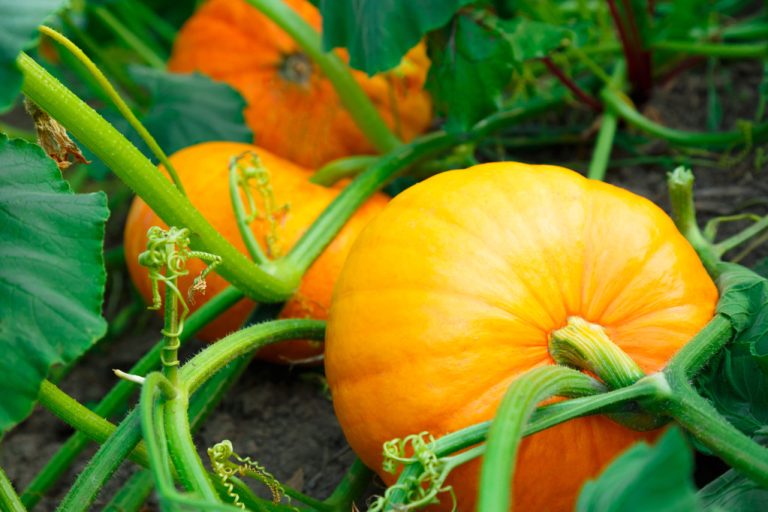It’s starting again: Pumpkin season starts as early as August, the fruit is available almost everywhere from September and pumpkin season reaches its peak in October. However, the different varieties have different seasons – and they do not all store equally well…

Like so many other things, the pumpkin is not a German or European fruit: Seafarers brought the seeds of the pumpkin to Europe and it is now native to many gardens here – you can find tips on how to plant a pumpkin in the article. In addition to the increasing popularity of Halloween, the vegetarian-vegan cooking trend in particular is likely to have contributed to the pumpkin boom.
Ornamental pumpkins are used by many as decoration in autumn. Because of the sweet and at the same time nutty taste, it is also valued for rich, filling and yet not high-calorie pumpkin soups and for curry dishes. It is rich in vitamins, potassium, zinc and other nutrients, and the yellow varieties are also rich in carotene. But when is pumpkin actually in season?

When is pumpkin season?
The pumpkin likes it hot and sunny. The pumpkins are planted from the end of April to mid-May; from June it will be too late again. Pumpkins that are then planted will no longer come to fruition.
The pumpkin season starts at the end of July at the earliest, typically at the end of late summer in August.
Pumpkin season peaks in the fall months of September and October and lasts until frost.

